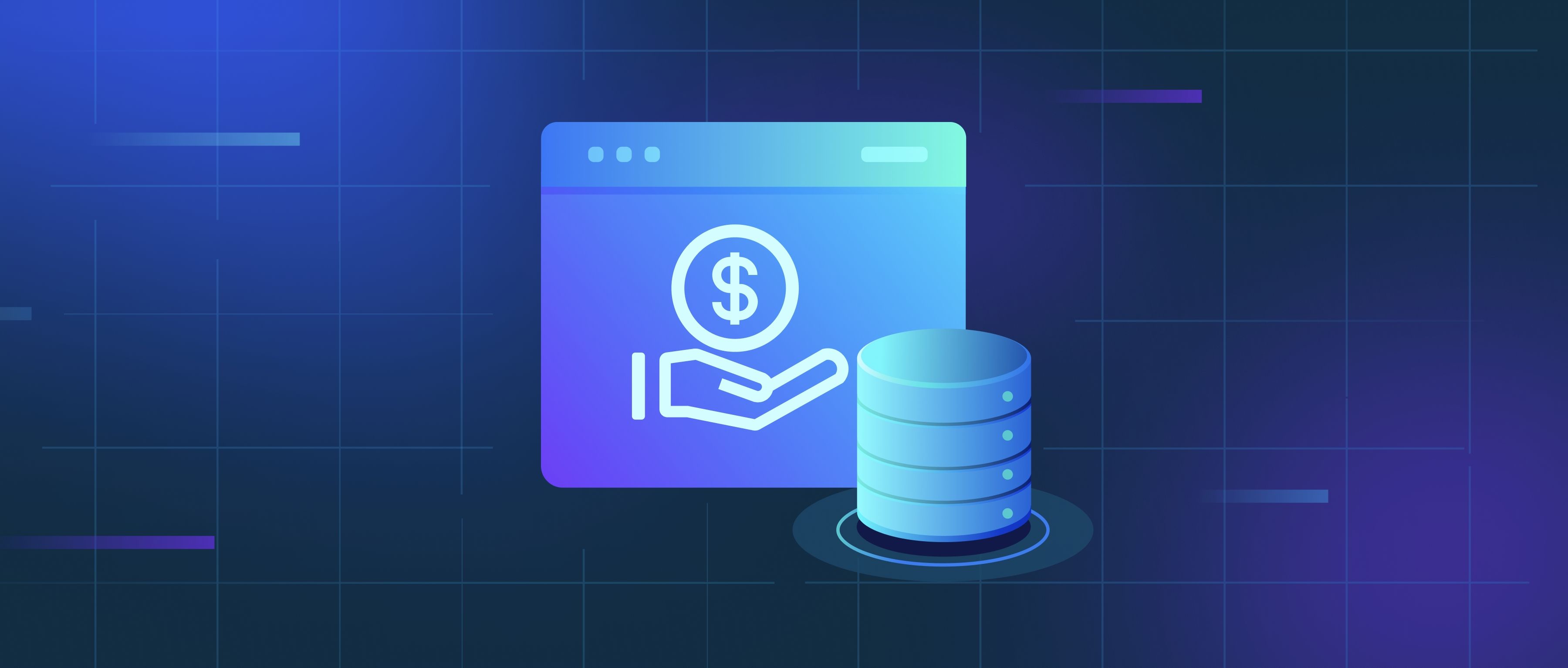Common sources of bias in datasets include selection bias, measurement bias, and historical bias. Selection bias arises when the data collected does not accurately represent the population you're studying. For example, if you are developing a machine learning model based on data from one demographic group, but plan to deploy it to a broader audience, the model may not perform well across all groups. Measurement bias occurs when the tools or methods used to collect data introduce inaccuracies. For example, if a survey uses leading questions, the responses may not reflect true opinions. Historical bias refers to societal biases that are present in the data collected over time, such as biased hiring practices reflected in employment data.
To mitigate these biases, start with a comprehensive understanding of your target population. This can involve stratified sampling to ensure that different subgroups are adequately represented in your dataset. For instance, if you are creating a health application, ensure that data is gathered from various age groups, genders, and ethnicities. Regularly assessing your data collection methods can also help. Use neutral language in surveys to avoid measurement bias and ensure that the sample is collected randomly to avoid selection bias.
Additionally, actively seek external audit or validation of your dataset and algorithms. Engaging with diverse stakeholders can provide insights into potential biases you might overlook. For example, having a team that reflects diverse backgrounds can help highlight issues in the data. Implementing bias detection tools can also assist in assessing whether your models or datasets reflect existing biases. By being aware of these common pitfalls and proactively addressing them, you can create more robust and fair applications.
